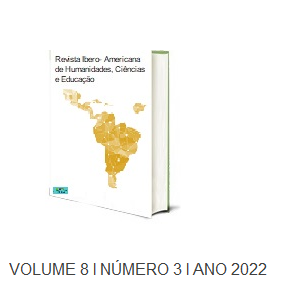THE USE OF QUALITY AND PERFORMANCE INDICATORS TO AVOID COSTS AND WASTE OF MEDICINES IN HOSPITAL PHARMACY
DOI:
https://doi.org/10.51891/rease.v8i3.4740Keywords:
Hospital Pharmacy. Indicators. Cost. Waste and Medicines.Abstract
The hospital pharmacy is a sector directly linked to patients, its performance reflects directly on the administrative, financial and search for quality of the institution. Thus, being able to effectively control the medicines, materials and supplies used is essential for the excellence of care. The responsible pharmacist must act with a focus on the day-to-day needs of the hospital, open to necessary changes, continually evolving and always looking for new improvement processes. Following this thought, quality indicators prove to be the ideal tool in the search for total quality. The objective of this work was to select quality and performance indicators as instruments used to measure a reality, as a guiding parameter, management tool, evaluation and planning of hospital pharmacy actions, in order to reduce expenses and waste with medicines and supplies. To choose these indicators, an extensive bibliographic research was carried out with the review of several scientific works, publications of materials on the internet, selected reference books with a focus on quality, cost of medicines and waste for hospital pharmacies.
Downloads
Downloads
Published
How to Cite
Issue
Section
Categories
License
Atribuição CC BY

